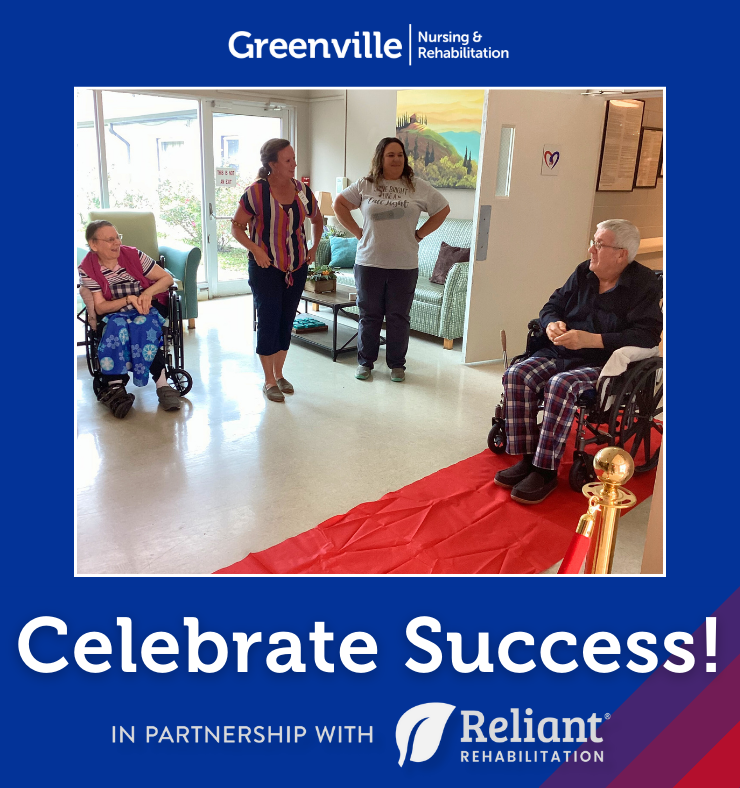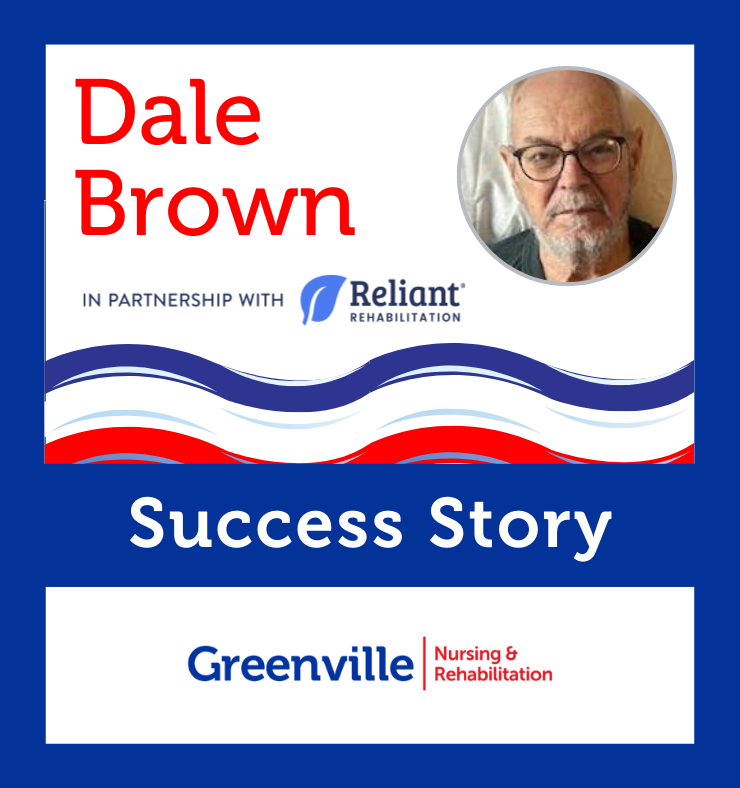Which vaccines do older adults need?
As you get older, a health care provider may recommend vaccinations, also known as shots or immunizations, to help prevent certain illnesses.
Talk with a doctor or pharmacist about which of the following vaccines you need. Make sure to protect yourself as much as possible by keeping your vaccinations up to date.
COVID-19 vaccines
COVID-19 is a respiratory disease that causes symptoms such as fever, cough, and shortness of breath. Older adults are more likely than younger people to get very sick from COVID-19. The disease can lead to serious illness and death.
Studies show that COVID-19 vaccines reduce the risk of getting this disease. The vaccine will also help keep you from getting seriously ill or having to go to the hospital if you do get COVID-19. We are still learning how effective COVID-19 vaccines are against new variants of the virus. Read more about COVID-19 vaccine effectiveness.
The Centers for Disease Control and Prevention (CDC) recommends that older adults stay up to date with COVID-19 vaccines, including booster shots. Read more about COVID-19 vaccines from the CDC.
The COVID-19 vaccine is available at no cost in the United States. Contact your local health department or visit Vaccines.gov to find out where you can get vaccinated.
Flu vaccine for older adults
Flu — short for influenza — is a virus that can cause fever, chills, sore throat, stuffy nose, headache, and muscle aches. Flu is very serious when it gets in your lungs. Older adults are at a higher risk for developing serious complications from the flu, such as pneumonia.
The flu is easy to pass from person to person. The virus also changes over time, which means you can get it again. To ensure flu vaccines remain effective, the vaccine is updated every year.
Everyone age 6 months and older should get an annual flu vaccine, but the protection from a flu vaccine can lessen with time, especially in older adults. Still, you are less likely to become seriously ill or hospitalized with the flu if you get the vaccine. A flu vaccine is especially important if you have a chronic health condition such as heart disease or diabetes.
Ideally, you should get your vaccine by the end of October each year so you are protected when the flu season starts. It takes at least two weeks for the vaccine to be effective. However, if you have not received your flu vaccine by the end of October, it’s not too late — flu season typically peaks in December or January. As long as the flu virus is spreading, getting vaccinated will help protect you.
There are flu vaccines designed specifically for older adults. The CDC recommends that people age 65 and older receive a higher-dose flu vaccine or an adjuvanted flu vaccine (one with an additional ingredient called an adjuvant that helps create a stronger immune response). These vaccines are potentially more effective than the standard flu vaccine for people in this age group. Talk with a health care provider or pharmacist about which vaccine is best for you.
Medicare will pay for the flu vaccine, and so will private health insurance plans. You can get a flu vaccine at a doctor’s office or local health department, as well as at many grocery stores, drug stores, and pharmacies. Flu shots may also be available at other community locations, such as schools, religious centers, and workplaces. The ingredients of a specific vaccine are the same wherever you receive it.
RSV vaccine for older adults
Respiratory syncytial virus (RSV) is a common virus that usually causes mild, cold-like symptoms. However, older adults have a higher risk of developing severe symptoms if they are infected with RSV. The illness can be particularly dangerous for people who have chronic diseases or a weakened immune system. Older adults who get very sick from an RSV infection may need to be hospitalized, and the illness can even be life-threatening.
RSV vaccines are available to protect older adults from the serious health problems that can occur with RSV infection. The CDC recommends that adults 60 years and older talk with their health care provider about whether they should receive the RSV vaccine. Like the flu, RSV infections are most common in the fall and winter months, so consider getting vaccinated before RSV season starts. However, you can benefit from the RSV vaccine at any time of year.
You can get the RSV vaccine at a doctor’s office, your local health department, and many pharmacies. Medicare Part D and private health insurance plans may pay some or all of the cost. Check with Medicare or your health plan for details about coverage.
Vaccines to help prevent pneumonia
Pneumococcal disease is a serious infection that spreads from person to person by air. It often causes pneumonia in the lungs and it can affect other parts of the body. Older adults are at higher risk than younger people of getting very sick or dying from pneumococcal disease.
The CDC recommends that all adults age 65 and older get pneumococcal vaccination. This vaccine helps protect you from getting a serious infection, including pneumonia. There are multiple forms of the pneumococcal vaccine: Talk to a health care provider to find out which is best for you. You can also visit the CDC’s Pneumococcal Vaccination webpage to learn more about the types of vaccines that are available.
Medicare will pay for the pneumococcal vaccine, as will many private insurance plans. You can get the vaccine at a doctor’s office, your local health department, and many pharmacies. Pneumococcal vaccines may also be available at other community locations, such as schools, religious centers, and workplaces.
Tetanus, diphtheria, and pertussis (whooping cough) vaccines
Tetanus, diphtheria, and pertussis are diseases caused by bacteria that can lead to serious illness and death.
- Tetanus (sometimes called lockjaw) is caused by bacteria found in soil, dust, and manure. It can enter the body through a deep cut or burn.
- Diphtheria is a serious illness that can affect the tonsils, throat, nose, or skin. It can spread from person to person.
- Pertussis, also known as whooping cough, causes uncontrollable, violent coughing fits that make it hard to breathe. It can spread from person to person.
Getting vaccinated is the best way to prevent tetanus, diphtheria, and pertussis. Most people get vaccinated as children, but you also need booster shots as you get older to stay protected against these diseases. The CDC recommends that adults get a Tdap (tetanus, diphtheria, and pertussis) or Td (tetanus, diphtheria) booster shot every 10 years. Ask a health care provider when you need your booster shot.
You can get the Tdap or Td vaccine at a doctor’s office, your local health department, and many pharmacies. Medicare Part D and private health insurance plans may pay some or all of the cost. Check with Medicare or your health plan for details about coverage.
Shingles vaccine for older adults
Shingles is caused by the same virus as chickenpox. If you had chickenpox, the virus is still in your body. As you get older, the virus could become active again and cause shingles.
Shingles affects the nerves. Common symptoms include burning, shooting pain, tingling, and/or itching, as well as a rash with fluid-filled blisters. Even when the rash disappears, the pain can remain. This is called post-herpetic neuralgia, or PHN.
The shingles vaccine is safe, and it may keep you from getting shingles and PHN. Healthy adults age 50 and older should get vaccinated with the shingles vaccine, Shingrix, which is given in two doses. (Zostavax, an earlier shingles vaccine, is no longer available in the United States.)
You should get a shingles vaccine even if you’ve already had chickenpox or the chickenpox vaccine, or if you don’t remember whether you had chickenpox. You should also get the shingles vaccine if you’ve already had shingles or received Zostavax. However, you should not get a vaccine if you currently have shingles, are sick or have a fever, have a weakened immune system, or have had an allergic reaction to Shingrix. Check with a health care provider if you are not sure what to do.
You can get the shingles vaccine at a doctor’s office, your local health department, and many pharmacies. Medicare Part D and private health insurance plans may pay some or all of the cost. Check with Medicare or your health plan for details about coverage.
Travel vaccines
Check with a doctor, a pharmacist, or your local health department about vaccines you need if you’re planning to travel to other countries. The vaccines that are required and recommended are based on your destination, planned activities, and medical history. Sometimes multiple vaccines or doses are needed. It’s best to get them at least four to six weeks before you travel to allow time to build up immunity and get the best protection, particularly from those that may require multiple doses.
Contact Medicare or your private health insurance plan to find out whether they cover the travel vaccines you need. You may be able to get some travel vaccines from a local health care provider. Others are available from health departments and travel medicine clinics. For more information, visit the CDC Traveler’s Health website or call its information line at 800-232-4636.
Vaccine safety and side effects
Vaccines are very safe, and they can help keep you from getting serious or life-threatening diseases. The most common side effects for all these vaccines are mild and may include pain, swelling, or redness where the vaccine was given.
Before getting any vaccine, talk with a doctor or pharmacist about your health history, including past illnesses and treatments, as well as any allergies. A health care provider can address any concerns you have.
It’s a good idea to keep your own vaccination record, listing the types and dates of your shots, along with any side effects or problems.
To learn more, please visit https://www.nia.nih.gov/health/immunizations-and-vaccines/vaccinations-and-older-adults.










